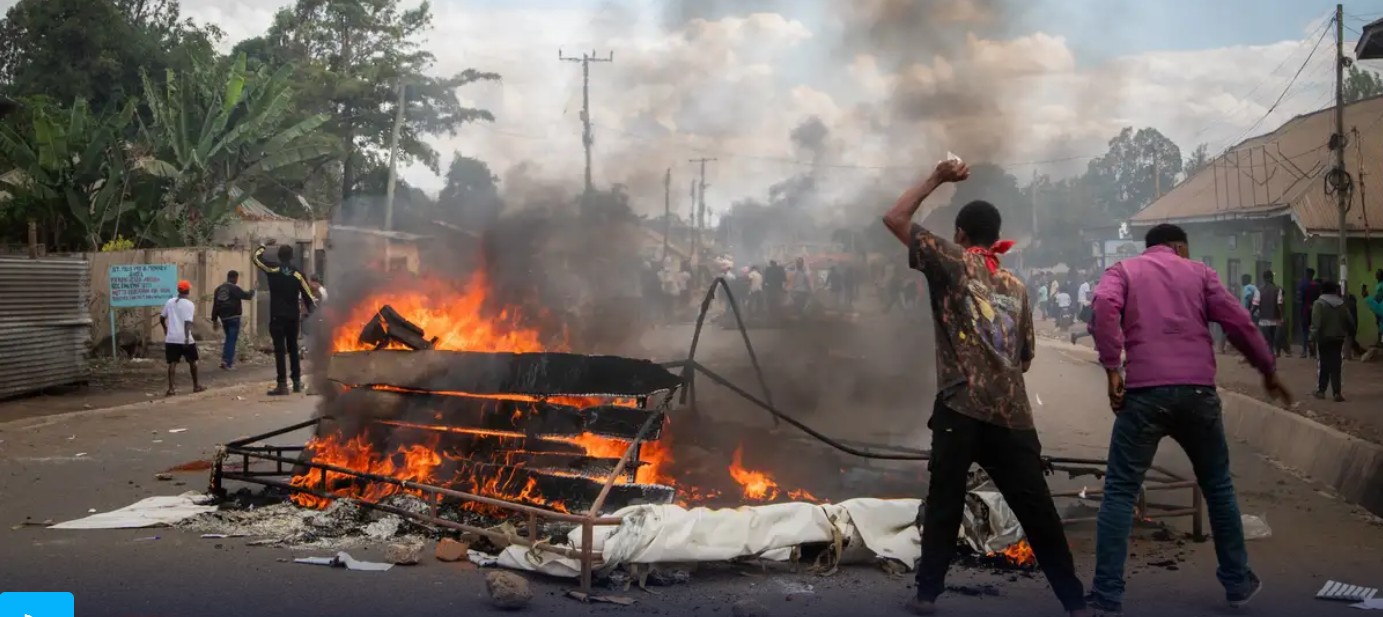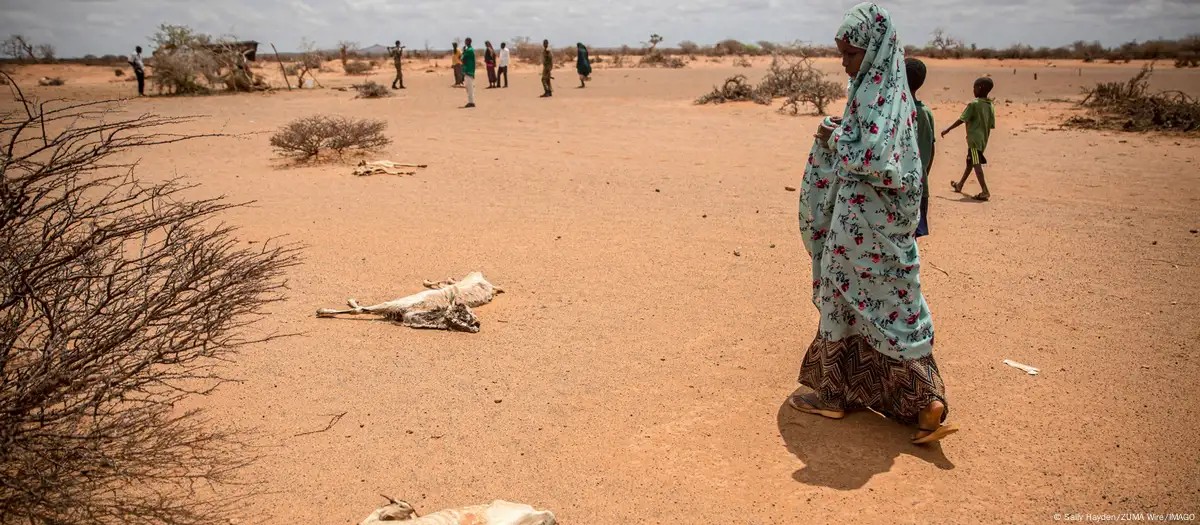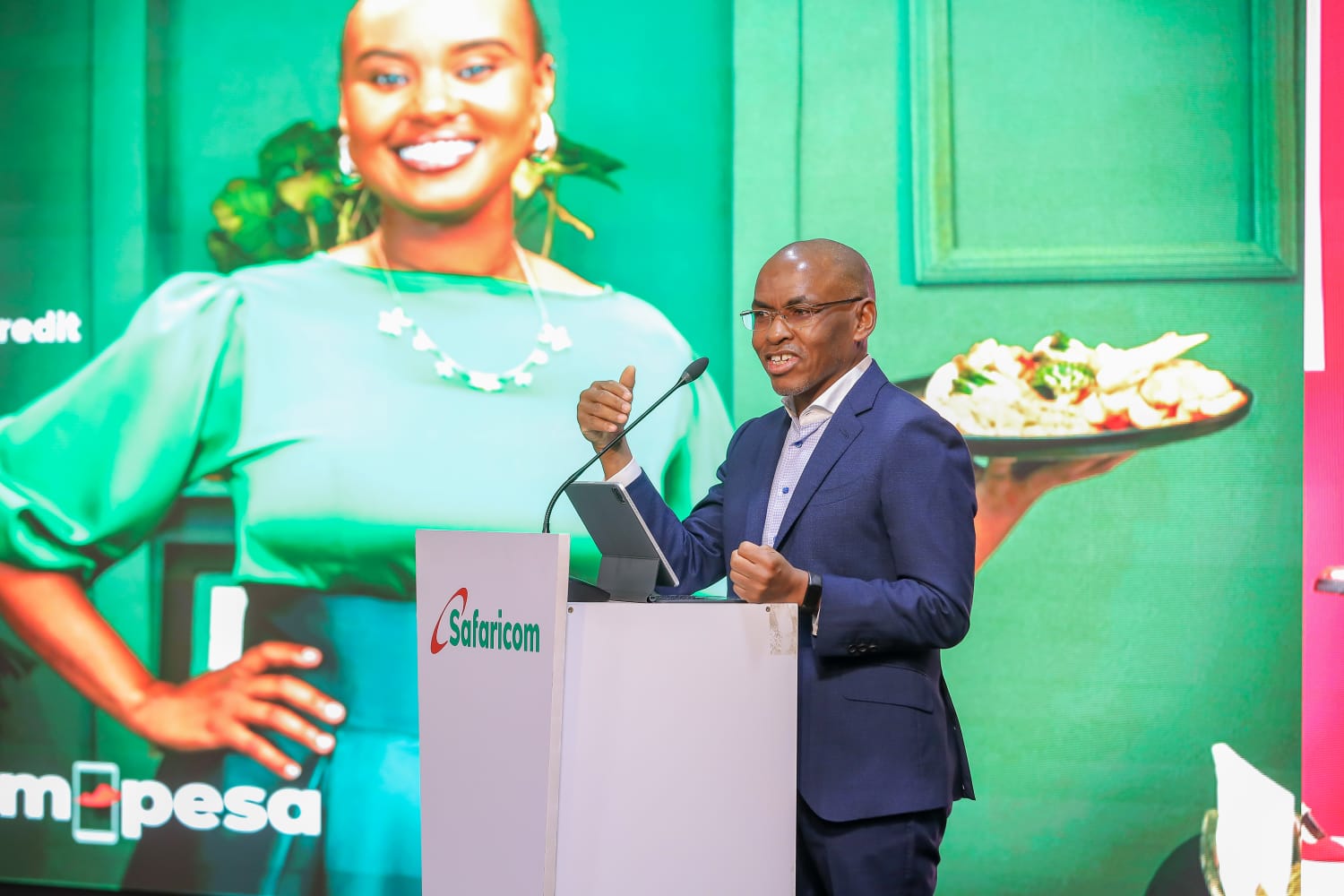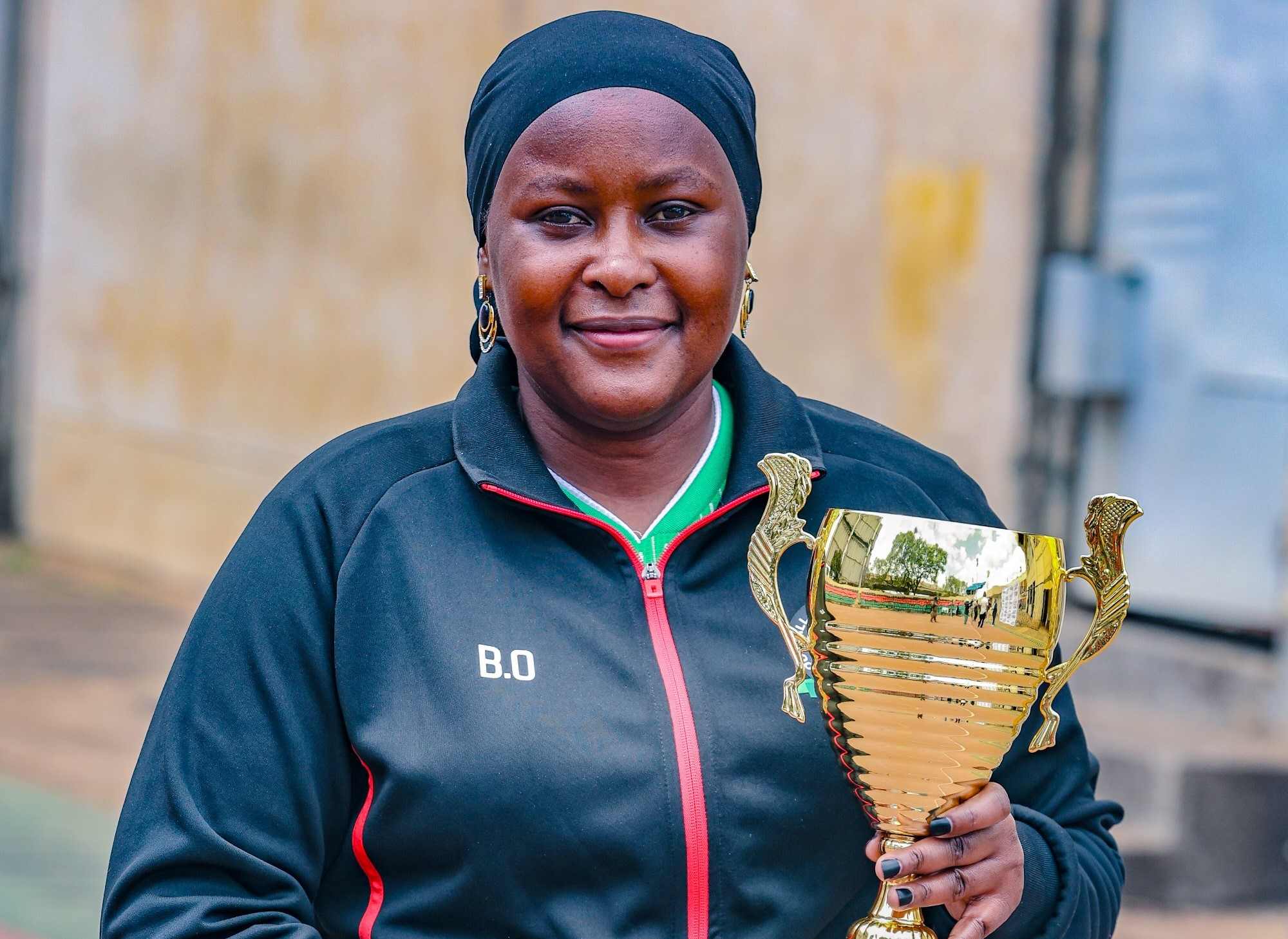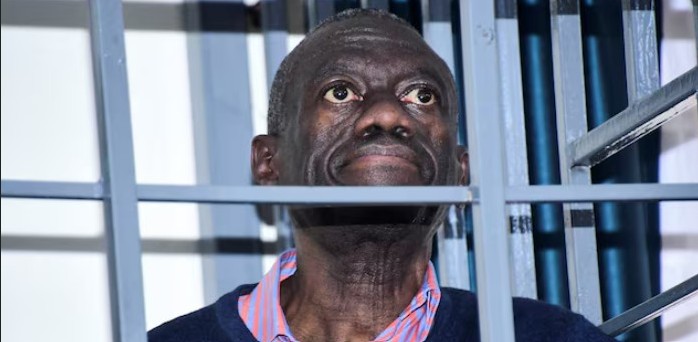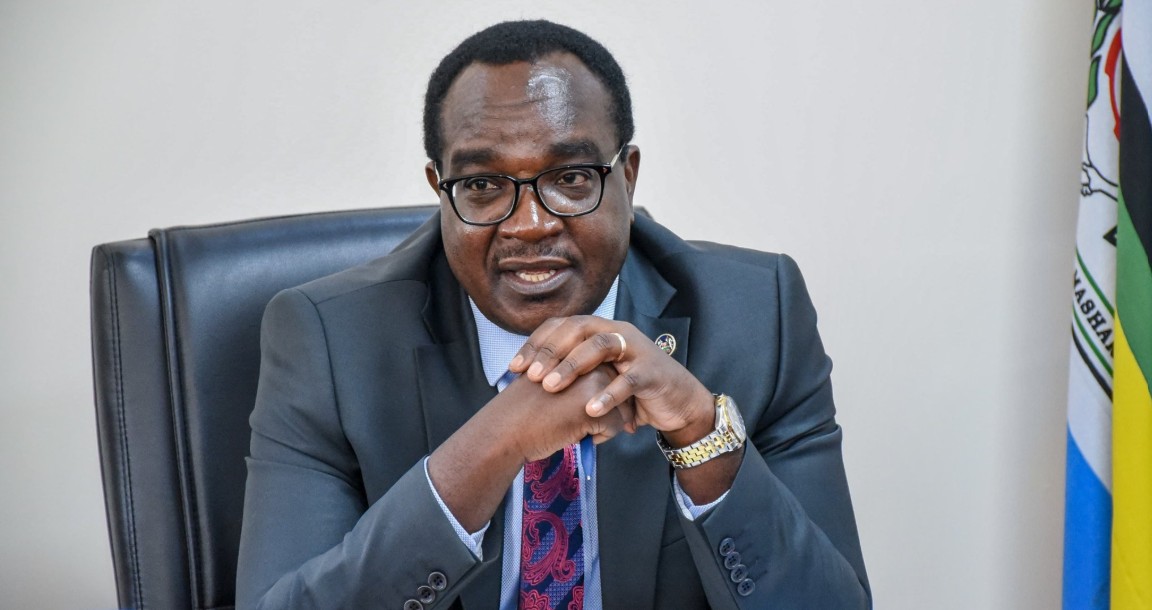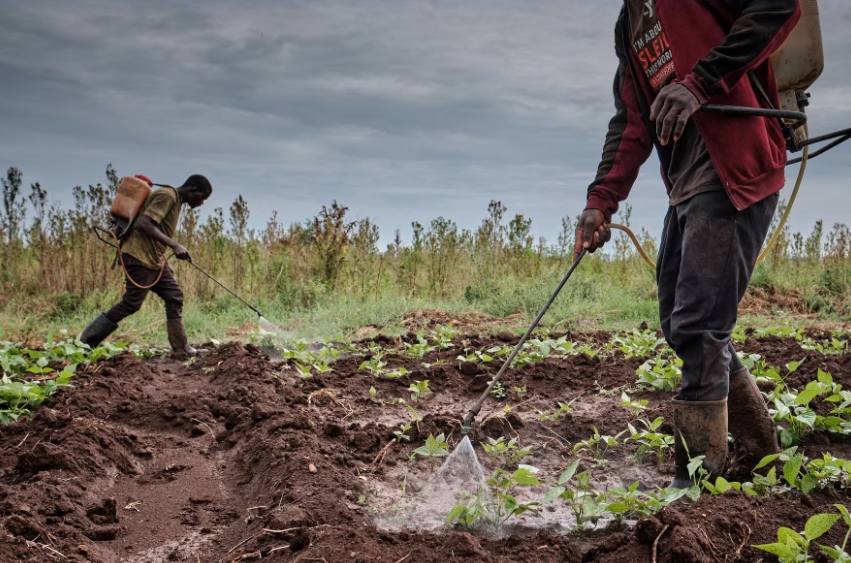Ruto's education scorecard plagued by setbacks two years on
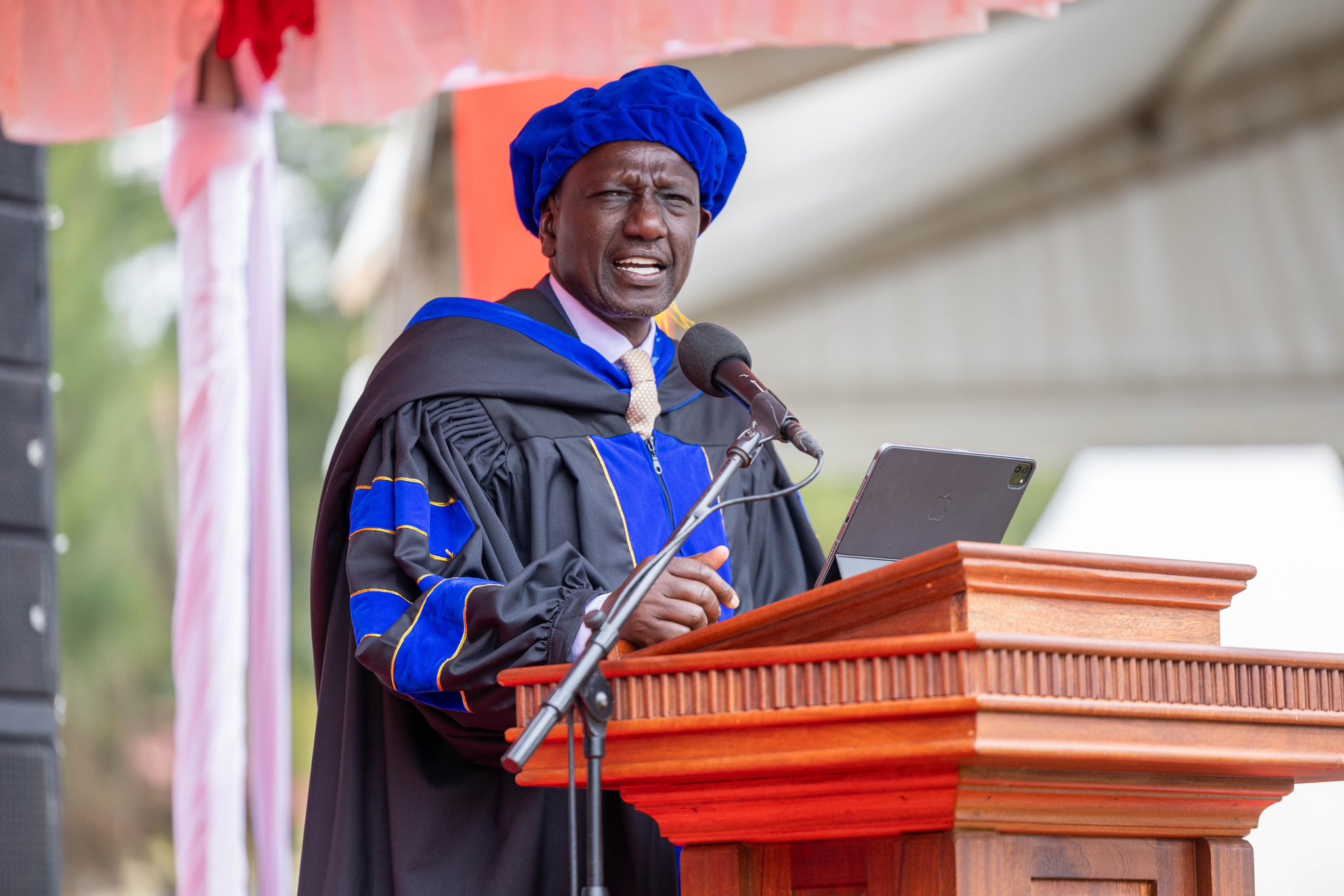
During his campaign, Ruto made bold promises aimed at transforming the education system, ensuring accessibility, quality, and equity across the board.
As President William Ruto marks two years in office, his administration's ambitious plans for the education sector have come under scrutiny.
With promises of reforming the Competency-Based Curriculum (CBC), addressing teacher shortages, and overhauling higher education funding, the past 24 months have seen a mix of achievements and setbacks.
More To Read
- Senators demand urgent probe into delayed teachers’ allowances
- JSS teachers demand autonomy, call for delinking from primary schools
- Kenya’s public schools on the brink amid illegal fees, funding shortfalls
- KUPPET proposes overhaul of funding, abolition of bursaries in fresh push for fully free public education system
- Ruto affirms commitment to free, quality primary and secondary education despite budget strain
- Universities Fund faces Sh9.6 billion deficit as pending bills soar to Sh72.2 billion
During his campaign, Ruto made bold promises aimed at transforming the education system, and ensuring accessibility, quality, and equity across the board.
From the start, Ruto emphasised his commitment to enhancing the CBC, which had faced widespread criticism. His administration promised a review of the curriculum to ensure it was practical, less costly, and accessible for all families.
While a task force was created and some reforms were introduced, many educators and parents still believe the changes have been insufficient.
Complaints persist about the cost of learning materials and the burden placed on parents, leaving a gap between what was promised and what has been achieved.
Richard Maina, a father of two children at Juja Primary School, one in Grade Five and the other in Grade Eight, told The Eastleigh Voice that he appreciates the competency and skills development fostered by the curriculum but expressed concerns about its direct applicability to modern job markets.
“While I value how the curriculum develops practical skills, I want my children to secure professional employment, not just work in the informal jua kali sector,” Maina said.
He said he is always puzzled by the assignments his children bring home, such as making a traditional cooking stick. While he acknowledged the skill's usefulness, he questioned its relevance to his children's future careers in a rapidly changing digital era.
He said he wants his children to be well-prepared for the technological advancements shaping the global economy.
“My daughter is interested in banking, and my son has a keen interest in data science. I wonder how often the curriculum addresses these modern, tech-driven skills that are essential for the high-skill jobs we hope they will get,” he said.
New Funding Model
One of Ruto’s early triumphs was the overhaul of the higher education funding model. In July 2023, the government introduced a New Funding Model aimed at categorising students based on household income, with the poorest receiving the highest support.
The new system which categorises students into five bands, provides scholarships and loans to those in need, particularly students from marginalised areas. However, its implementation has faced challenges.
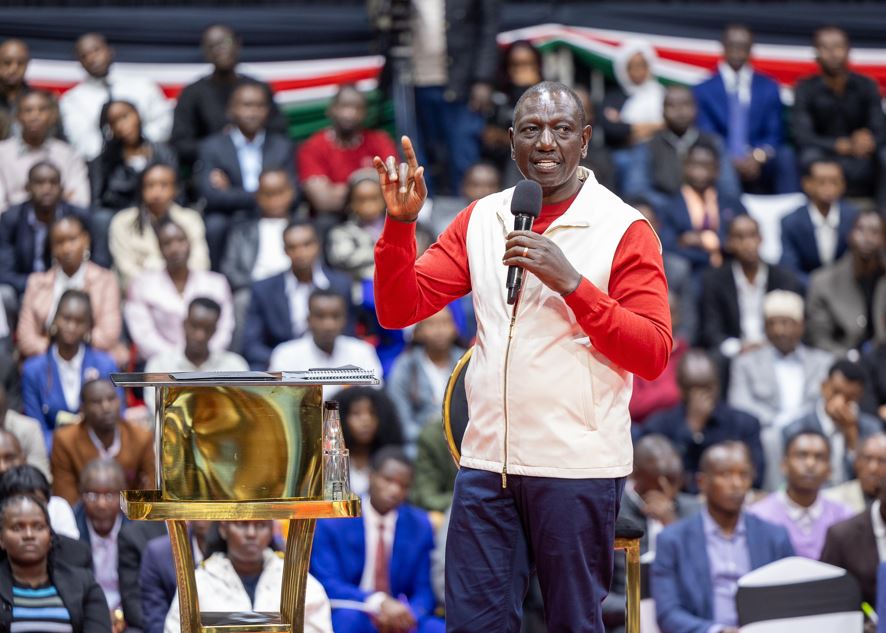 President William Ruto during a town hall meeting on the new university funding model at KICC, Nairobi on August 25, 2024. (Photo: PCS)
President William Ruto during a town hall meeting on the new university funding model at KICC, Nairobi on August 25, 2024. (Photo: PCS)
Many students have been miscategorised, leaving them unable to afford their education despite coming from low-income households.
The situation has led to university students staging protests, fearing that the model may force some to drop out.
“We are opposing the new funding model because we previously engaged with the government, urging them to disband the bands. The current system undermines students' dreams, as many cannot afford the cost [of tuition] imposed,” said Musyoki Daniel, the secretary-general of the students' union at the Technical University of Mombasa (TUM).
Aside from the funding model, public universities continue to face financial struggles, raising concerns about the model’s long-term sustainability.
Lecturers have also threatened to strike amid delays in salary payments and unfulfilled commitments from the 2017-21 Collective Bargaining Agreement (CBA). There is also a stalemate over the 2021-25 CBA. Many public universities have not fully implemented the CBA, which promises lecturers pay raises and better working conditions.
President Ruto’s administration also promised to hire more teachers to address Kenya’s chronic teacher shortage. As of 2024, over 30,000 new teachers have been recruited, easing pressure in many public schools, especially in rural areas.
Uneven distribution
However, distribution remains uneven, with some regions still experiencing teacher shortages, leading to learning disruptions.
Moreover, the training programmes aimed at preparing teachers for the CBC rollout have not been as effective as anticipated, with many teachers feeling unprepared to deliver the new curriculum effectively.
His administration has also been marred by teacher strikes demanding salary increments, the transition of 46,000 Junior Secondary School intern teachers to permanent and pensionable terms, and the implementation of Collective Bargaining Agreements (CBAs).
The Kenya Kwanza administration has however made strides in technical and vocational education by placing a strong emphasis on expanding Technical and Vocational Education and Training (TVET) institutions. Currently, more than 100,000 young people have enrolled in various programs at these institutions.
The goal, according to the president, is to equip the youth with practical skills and reduce unemployment by aligning education with market demands. In addition, government scholarships and loans for TVET students have been expanded, offering more opportunities for students to pursue technical courses.
However, infrastructure development in public schools remains a sticking point. Despite promises to improve school facilities, progress has been slow. Many schools, particularly in marginalized areas, continue to operate in poor conditions, with overcrowded classrooms and insufficient resources.
While some digital learning programs have been rolled out and new classrooms built, the pace of infrastructure improvement has not kept up with the growing demand under CBC. This has left students and teachers grappling with inadequate facilities that hinder the learning experience.
Despite Ruto’s two years into presidency registering significant achievements, much remains to be done to address the shortcomings in CBC implementation, school infrastructure, higher education and teacher distribution.
Top Stories Today

